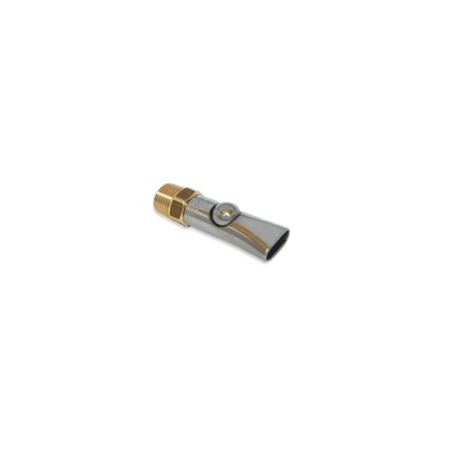Any swine producer that carries out a control of the production data of their farm or system knows very well that the department that generates a higher amount of data and whose analysis complexity is higher is site I: the one related to the breeding sows. The rest of the areas (weaners and fattening stages) are, in principle, easy to control regarding to the volume of data and to their analysis. Nevertheless, their economic importance is probably higher, so a correct registry and analysis of the data in these stages can bring with them important improvements in the profitability of the system.
In this article we analyze a real case, and we will check how a partial analysis of the data can give place to erroneous conclusions.

In this case we are talking of a great producer that controls all their weaners and fattening stages (23 farms with an average number of 69,000 animals). At the end of year 2010 they detected an increase in the % of losses due to diarrhoea, so they got in touch with us for its analysis. In all the farms, the same feeding plan was used, with the same formulas and the same medications:
- Milk-based prestarter from the moment of the farrowings until 32 days of age. Medicated with amoxicillin (300 ppm) + colistin (150 ppm) + ZnO (2,500 ppm)
- Prestarter until 42 days of age. Medicated with amoxicillin (300 ppm) + colistin (150 ppm) + ZnO (2,500 ppm)
- Starter until 70 days of age. Medicated with amoxicillin (300 ppm) + colistin (120 ppm)
- Prefattening compound feed without medication, and fattening compound feed without medication.
We were provided with data ranging from November 19th to December 16th: i.e., four weeks (those during which there was an increase in the number of losses due to diarrhoea). We were not provided with data of the mortalities after this period, nor with other parameters such as feed consumption, etc. The first step consisted in delimiting if the mortality increase happened in all the farms or only in some of them. From the total of the losses in the group, a 14.2% were due to diarrhoea. Of the 23 farms, 5 of them standed out because the average percentage of the loses due to diarrhoea was higher (a 27.1%), so we established two analysis groups:
- Group 1: farms with diarrhoea problems (5)
- Group 2: farms without diarrhoea problems (18 farms)
The first step of the study consisted of the analysis of the total mortality %.
It was similar in both groups (3.6% in the farms with diarrhoea problems vs 3.2% in the rest of the farms). So, the first conclusion is that the increase of the losses due to diarrhoea does not result in a global increase of the losses, so it seemed that what was happening was that animals that were dying, before, due to other causes, were now dying due to diarrhoea problems.
In the second place, the analysis of the losses according to their cause and to their location (weaners or fattening stage) of the two groups, separately.
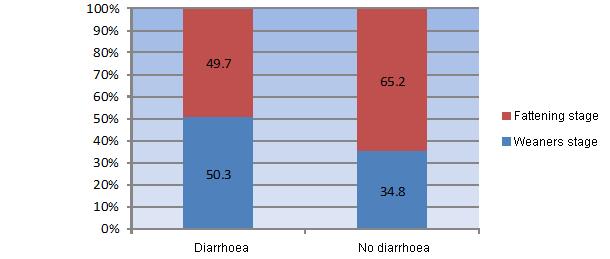
Graph 1: Distribution of the % of losses according to the production stage. Group 1 vs Group 2
According to the graph above, in the group of farms with diarrhoea problems, half of the losses happen in the weaners stage, and the other half happen in the fattening stage. Nevertheless, in the group without diarrhoea problems, the highest percentage of losses (65.2%) happened in the fattening stage.
So, the next step consisted of analyzing the causes of the losses in each group according to their causes (graphs 2, 3, 4 and 5).
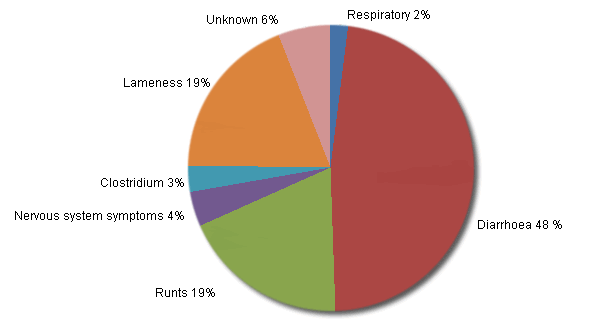
Graph 2: Distribution of the % of losses, according to their cause, in the weaners stage of farms with diarrhoea problems
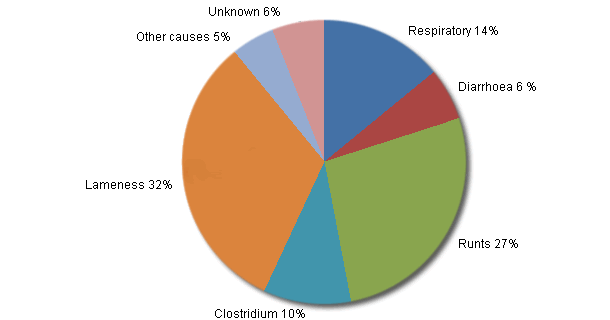
Graph 3: Distribution of the % of losses, according to their cause, in the fattening stage of the farms with diarrhoea problems.

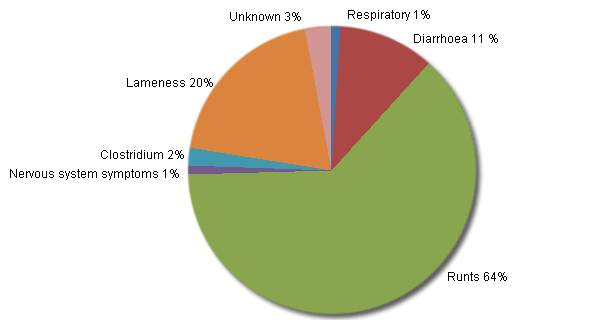
Graph 4: Distribution of the % of losses, according to their cause, in the weaners stage of the farms without diarrhoea problems.
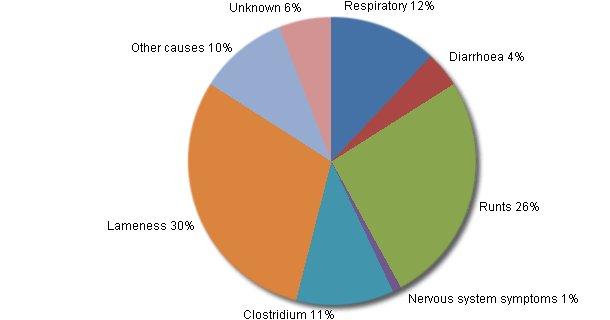
Graph 5: Distribution of the % of the losses, according to their cause, in the fattening stage of the farms without diarrhorea problems.
In those farms with diarrhoea problems, it is concentrated in the weaners stage, whilst in those farms without diarrhoea problems, the causes of the losses in the weaners stage are normally focused on the runts. In the fattening stage the distribution of the causes is similar in those farms with or without diarrhoea problems, so the losses due to diarrhoea are affecting, mainly, to those animals in the weaners stage.




